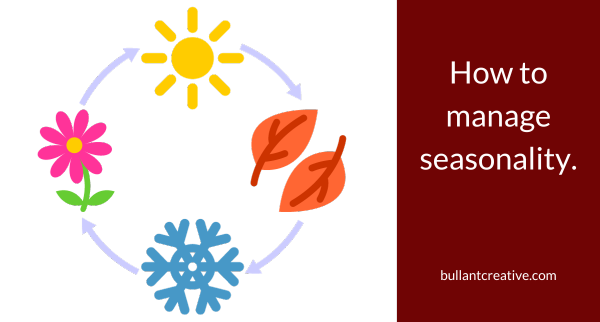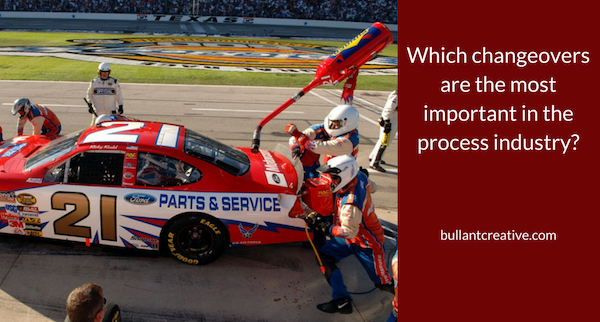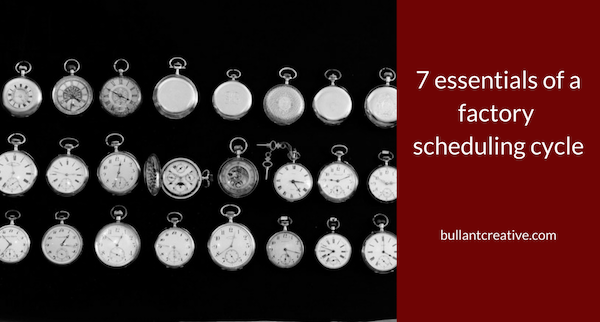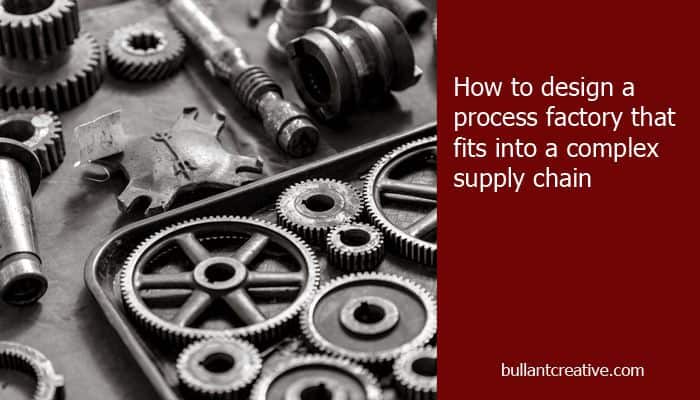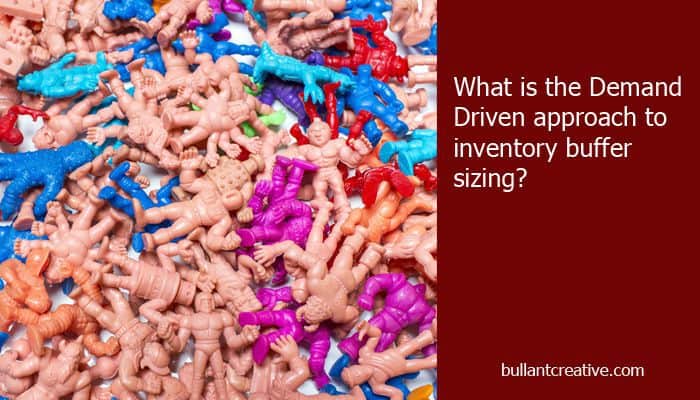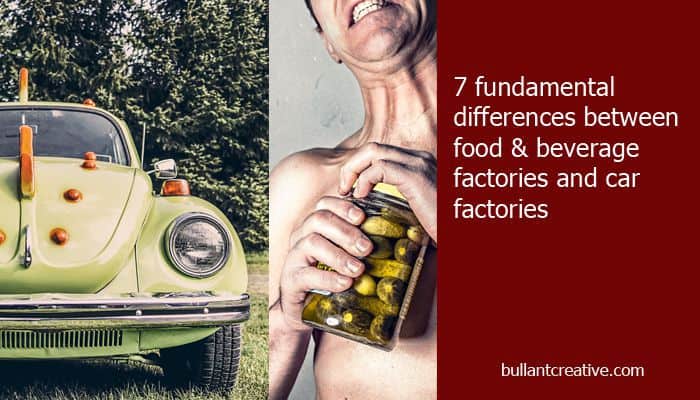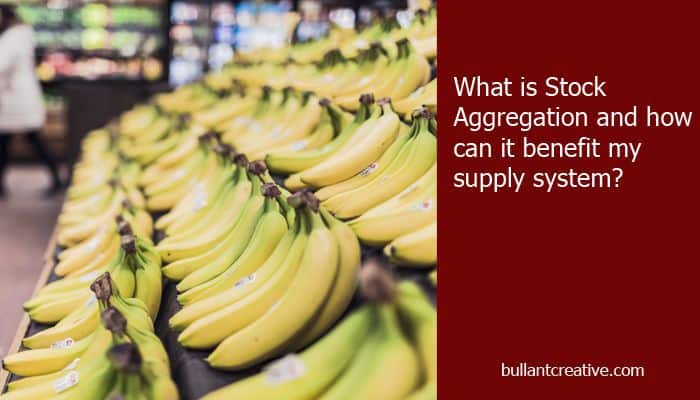A good quality factory schedule is one of the most important factors in minimising costs and creating a firm foundation for continuous improvement. Yet many factory schedules are driven by the knowledge of just one scheduler, without much oversight by senior production management.
How to manage seasonality.
Seasonality presents a significant challenge in the ever-evolving world of Fast Moving Consumer Goods. This cyclical pattern brings predictable yet disruptive fluctuations in demand that can interrupt production lines. With careful planning, you can overcome this challenge and turn seasonal highs and lows into lucrative opportunities. With summer just around the corner, the demand for … Read more

